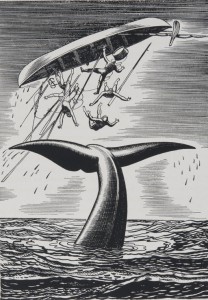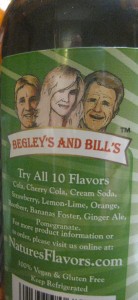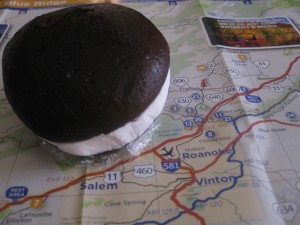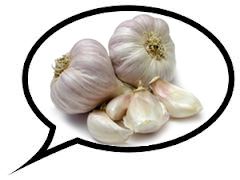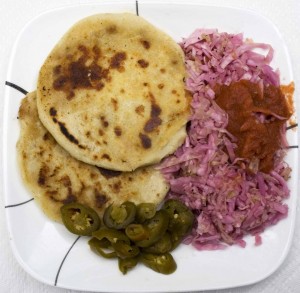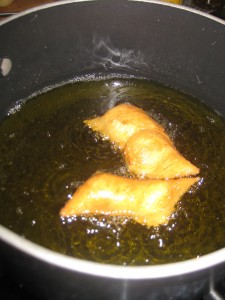I’ve had whales on the brain this week. First, an article from The New Yorker’s annual food issue informed me that a fashionable sushi restaurant in Berkley, California just got busted for serving black market sei whale meat. The restaurant is now closed, and the offending parties are facing up to sixty-seven years in prison and 1.2 million dollars in fines.
While I don’t condone the eating of whale meat, I am a little confused about why this incident caused such a furor in our ravenously meat-eating country. Why is okay that we eat some mammals and not others? Surely part of the reason is because many whales are endangered, but serving up horse is also illegal in California, and we’re not suffering a horse shortage. Is it because they’re cute? Is it because they’re smart? Need I remind all the bacon lovers out there that pigs are pretty smart, too? (In Japan, for example, whence the contraband sushi came, it is culturally acceptable to eat whale, though it is not in vogue with the younger generation, and the government has recently unloaded several tons of its whale meat surplus on Japanese schools for Traditional Culture Week. In comparison to a week of whale on the cafeteria menu, my elementary school’s dreaded enchilada casserole seems pretty benign.)
While I react to the confusing problem of which animals are acceptable for consumption with vegetarianism, my co-worker Devin goes for the opposite approach. “Whales? Sure, I’d eat them,” he announced confidently. “Horses? No problem. It’s not like I’m going to go shank someone’s pet, but I’d eat some horse. Dogs, cats, sure. I had this pet iguana, Freddy? But it didn’t stop me from eating iguana meat. I’ll eat anything except other primates. Well, and rats. And maybe street pigeons.” This seemed like a strange collection of forbidden fruits, but I suppose we all have to draw a line in the sand somewhere.
But back to whales. Devin would almost certainly fare better than I aboard a whaling ship; I reached this conclusion while attending an event called “Thar She Blows!” at WORD bookstore in Greenpoint this weekend, celebrating the 162nd anniversary of the first U.S. release of Moby Dick. Amid the “Melvillainy” on offer (including a sea shanty sing-along, a dramatic reading of one-star Amazon reviews for the book and a pitch for a television version in which Captain Ahab would be played by Zooey Deschanel) was a presentation by a woman who had spent three weeks in Nantucket reading through old whaler logbooks to see what the crew members ate. Continue reading

